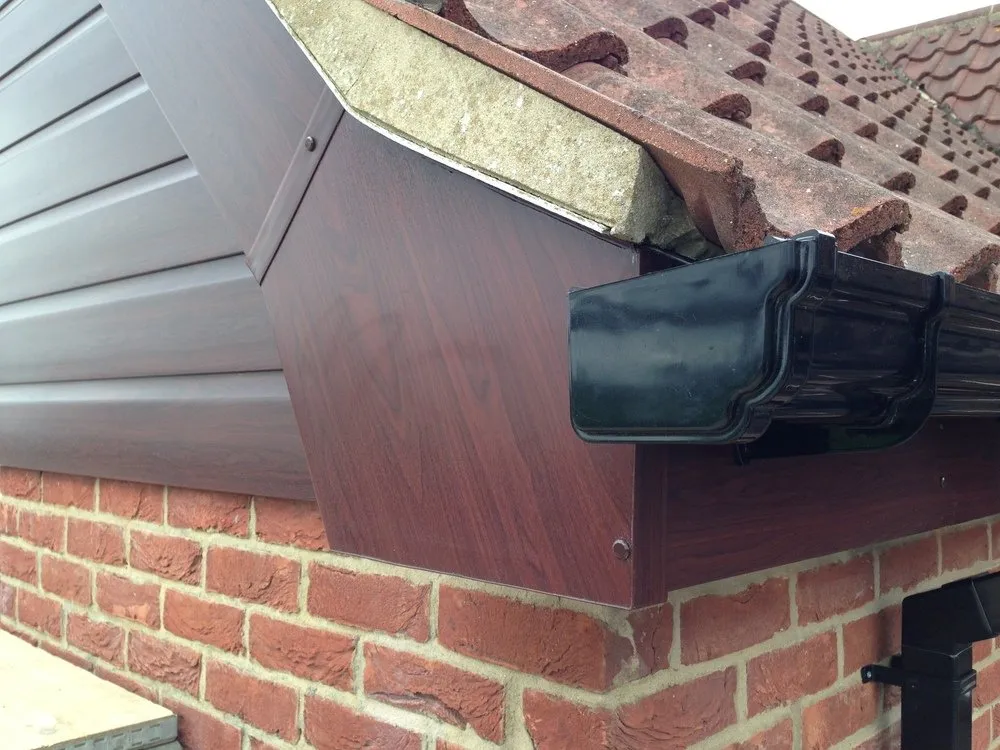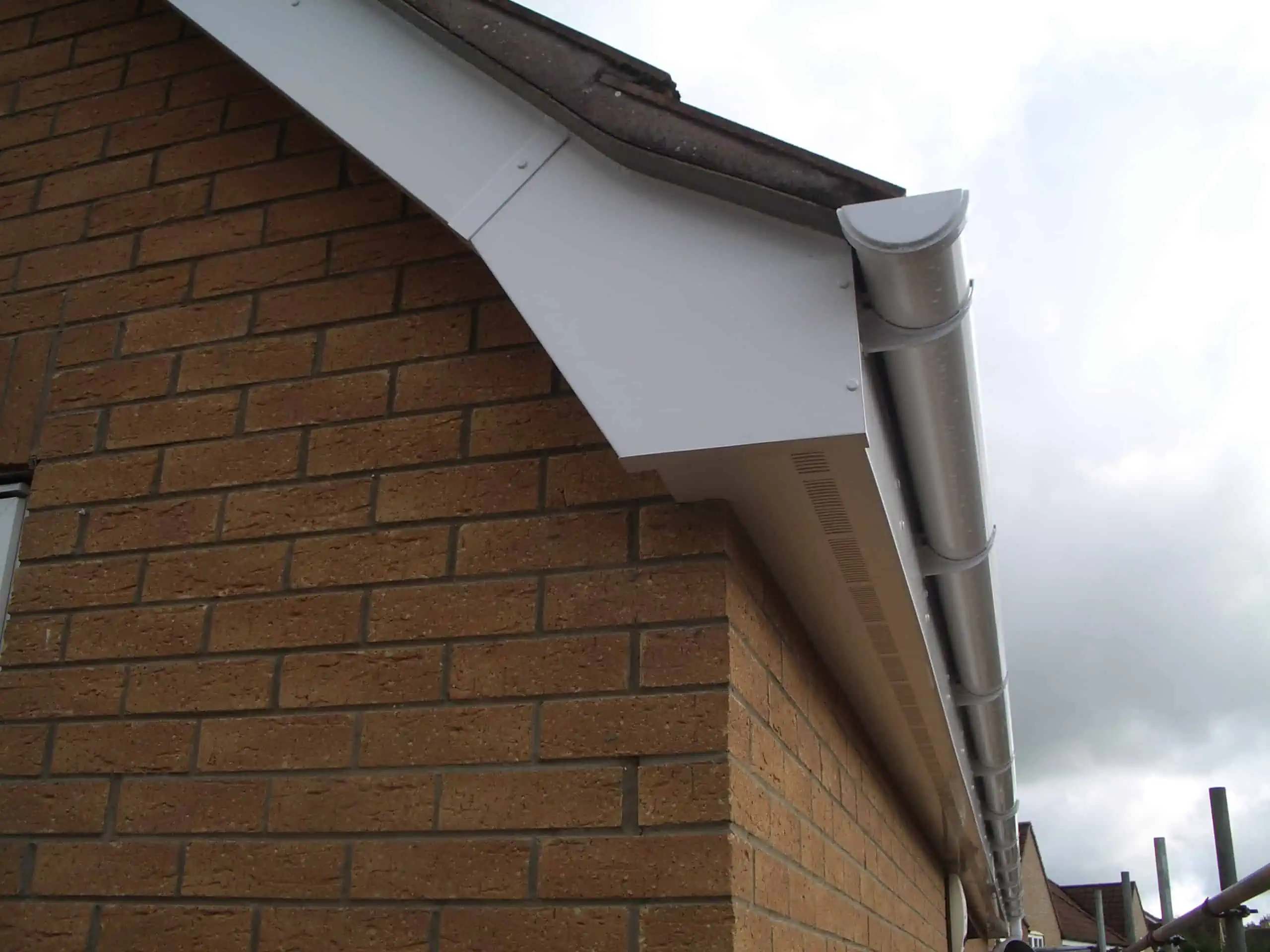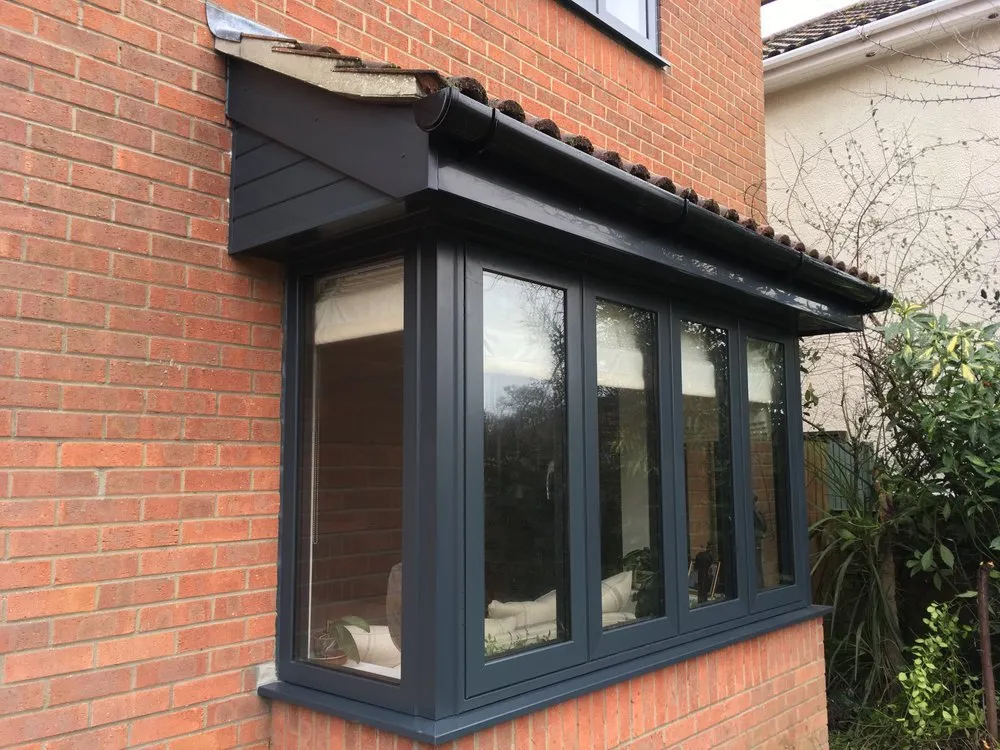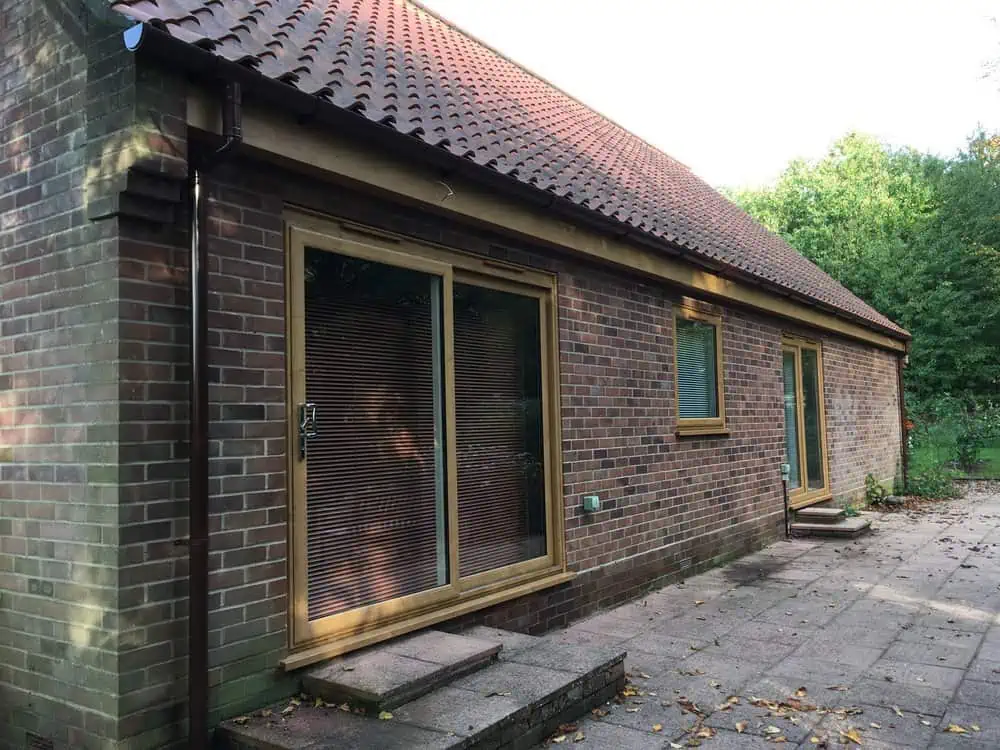Cladding refers to the process of covering the external surfaces of a building with different materials for protection, insulation, and aesthetic purposes. It is an external layer or coating that can be applied to walls, roofs, or other parts of a structure.
Cladding serves multiple functions, including:
1. Protection: It acts as a protective barrier against external elements like weather, moisture, wind, and UV rays. Cladding can help prevent water penetration, erosion, and structural damage.
2. Insulation: Depending on the type of cladding material used, it can enhance the thermal and acoustic insulation properties of a building. This can contribute to energy efficiency and improved interior comfort.
3. Aesthetics: Cladding is often chosen for its visual appeal, as it can greatly enhance the appearance of a building. Different cladding materials, such as wood, metal, stone, brick, vinyl, or composite panels, offer various textures, colours, and finishes, allowing for design flexibility and customization.
4. Maintenance: Cladding can reduce the need for frequent maintenance by protecting the underlying structure from wear and tear. It can also be easier to clean and maintain than bare walls.
It's important to note that cladding materials and installation methods should comply with local building codes and regulations to ensure safety and durability. Consulting with professionals, such as architects or contractors, can help determine the most suitable cladding options for your specific project.
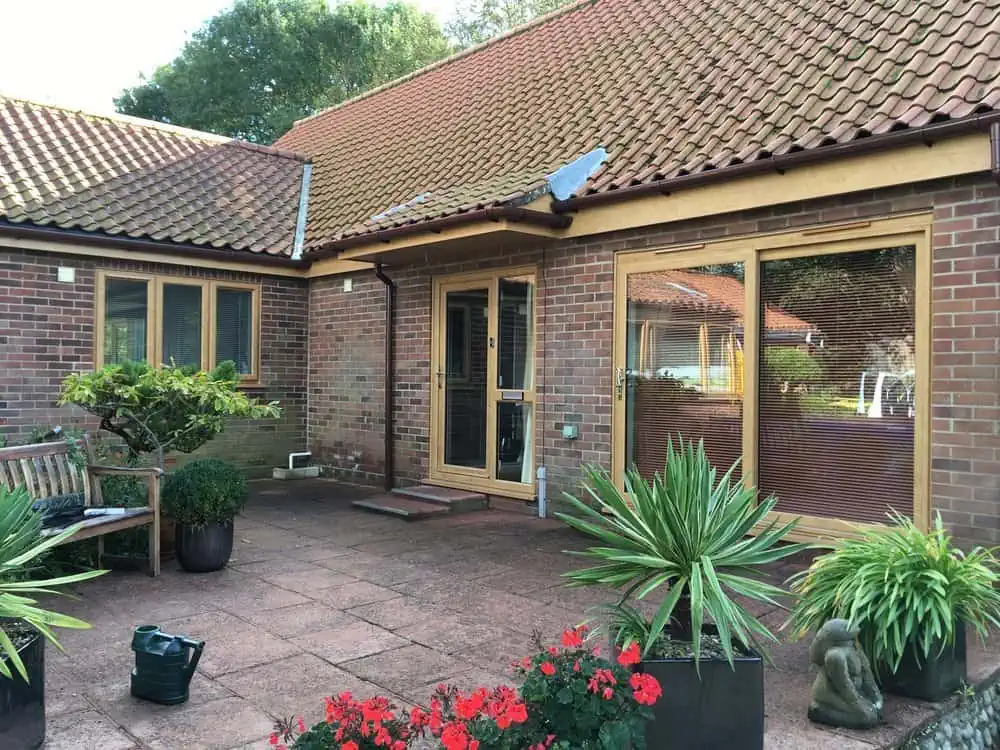
-c6aded85-1920w.webp)
